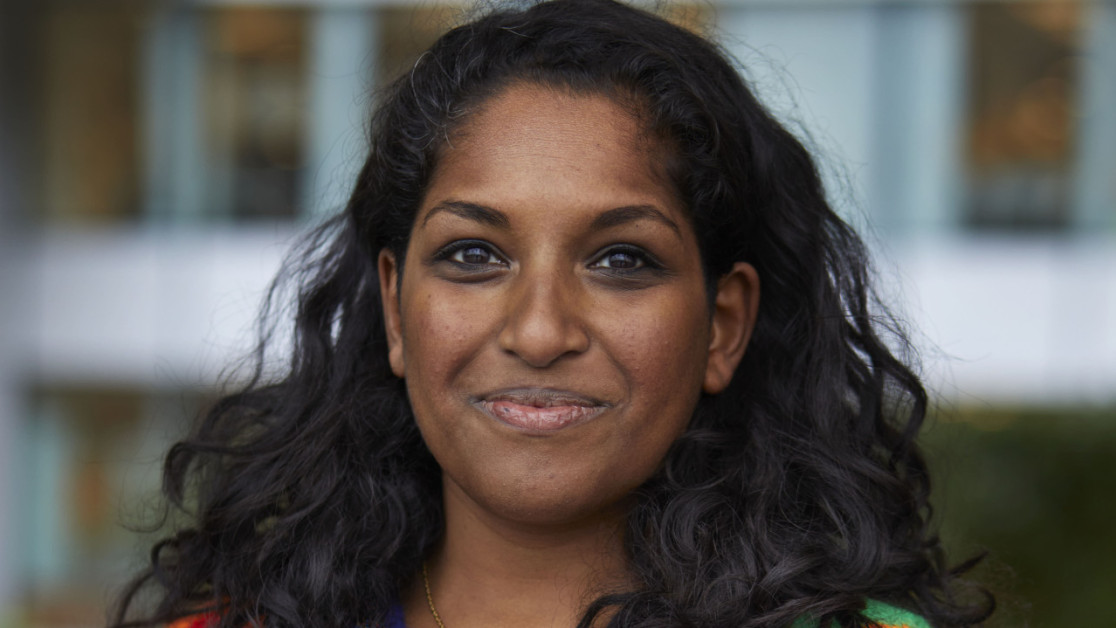
Cherine recalls, ‘Tennis, field hockey, skiing ... I used to be very sporty and always on the move. At one point I got a swelling in my left knee. My adoptive father (I was adopted from Sri Lanka) is a physiotherapist. He thought it might be overuse. But the pain didn't go away. On an X-ray, my father saw that something wasn't right. Straight after an MRI came the result: bone cancer.
I was told I probably couldn't keep my knee. It was amputation, a knee removal, or a rotationplasty. We flew to the United States for a second opinion. My parents really wanted to know if there was an alternative treatment plan. There we were told that there was a possible chance that I could keep my knee, provided I had chemo for one year. If I chose this, the whole family would have to move to the US. And then it wasn't certain whether it would help. That ultimately made me choose to have my knee and upper leg muscles removed.
In short, they removed my knee and surrounding muscles. A donor bone came in its place, including a rod and screws to strengthen the structure. Because my growth plates were also removed, I now have a leg length difference of 4.5 cm. This causes me to constantly have to compensate, causing chronic back and neck pain despite wearing custom shoes. So I am a regular visitor to my physical therapist.
All in all, I have been under treatment for 1.5 years. The Máxima didn't exist then - I was treated at the Emma Children's Hospital. First I had chemo, then the operation. The intense treatment left me with psychosocial symptoms and my hearing worsened. In the beginning I was often depressed. I was very sporty and suddenly I couldn't do that anymore. Later I was afraid of getting sick again.
Now I visit the LATER clinic in the Máxima every year and a half. There they do blood tests, a kidney test and every few years they do an ultrasound of my heart. They also test my hearing and talk about my symptoms. It feels like a privilege to have access to this kind of care. It has also allowed me to get back into sports. I play tennis again, I cycle, walk and hike. In September I even climbed Mont Ventoux, to raise funds against cancer. Yet it's always a bit of a search for the right balance for me. If I go a little too far, I quickly get back and neck problems. But I have rediscovered my identity and discovered what I can still do. That is very nice.
This is all thanks to the support and guidance at the LATER clinic, but also certainly from the Dutch Childhood Cancer Association. I currently work there one day a week as project manager LATER. I am committed to improving LATER care and the quality of life after childhood cancer. I also volunteer for VOX, the working group for and by survivors, and work three days a week for PanCare, the organization dedicated to equal access to aftercare for childhood cancer within Europe.'
View all stories
